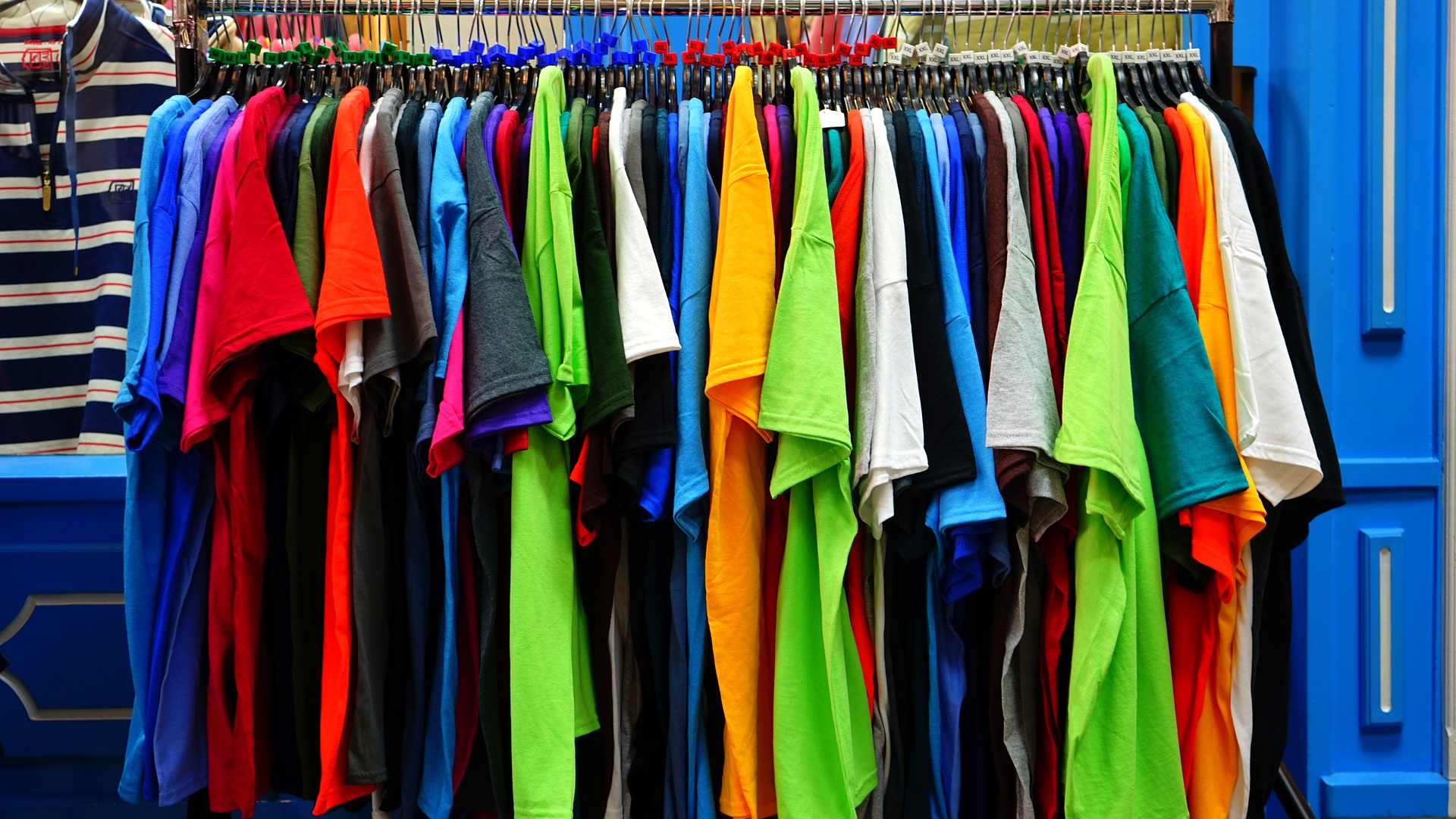Can you believe we are at the end of this year? Personally, it flew by for me. It was a very interesting year with clients getting back to some form of normalcy with touring, yet approaching it very differently. It seems the pandemic shifted how my client’s approached their income streams and business structures for the better. I think musicians are working smarter and creating healthier ways to make a living from performing. Yet, with everyone going more online and strategic, it does make it more competitive. With the right tools though, you can make the best decisions at that moment.
As I did last year, I thought I would recap some of my favorite tools I’ve used or discovered this past year to pass on to you. FYI – I have no affiliate links below. These are tools that I use or genuinely recommend. Here we go!
1. Viberate – If you’re doing tons of online campaigns on social media, this might be worth the splurge to access full data information. This site is a comprehensive way to view your analytics online. You can even compare yourself to other artists to see how you stack up. You can have a free account, and test out the premium features with a 7 day free trial.
2. Canva – You’ve probably heard of Canva by now, and I can’t recommend it enough if you’re not savvy enough for Photoshop. The site constantly improves its functionality and brings tons of inspiration every time I open it up. I use it every week – and the paid version is totally worth it when creating promo materials for social media. Getting to be able to just click and resize graphics is worth it alone!
3. Spotify Marquee – Marquee is a new campaign tool within Spotify’s artist tools, allowing you to send full-screen sponsored recommendations of your new release to relevant Premium and Free listeners. Enjoy 20% this month on your next campaign (even if it’s scheduled to run outside of this month).
4. Shopify – Last year you might remember that I recommended Ecwid as an e-commerce platform, and I still do, but a recent trial has me leaning towards Shopify. It’s just as easy to use AND big bonus, it can connect with your Spotify account to sell merch to your listeners there. If you’ve got any sort of following on Spotify, you don’t want to miss that opportunity.
5. Signnow – If you’re sending out contracts or agreements to band members, venues, etc., you NEED this tool. This allows you to send documents via email for online signature. In this day and age, you cannot do it any other way! Most people do not have printers, and you’ll be chasing for physical signatures when it’s so easy to do it online. Dochub is another platform I recommend for this type of tool, and you can use it for free for up to 5 documents a month.
6. Patreon – Patreon lets musicians create subscription-based channels, set up their prices and rewards and build a monthly income by offering specific perks to their supporters. It’s so easy and such a smart way to connect with your die-hard fans.
7. Tip Jars – Now, there’s not a specific app for this. You can use Paypal.me or AddThis, or something like that. But I found that the clients that do have a tip jar button on their website or emails, usually get a little extra cash in their pocket! So, I don’t think it hurts to have this option open to your fans.
What tools did you use the most in 2022? Anything you want to share with me? Hit reply and let me know. I’d love to know what has been working for you!
See you in 2023,
